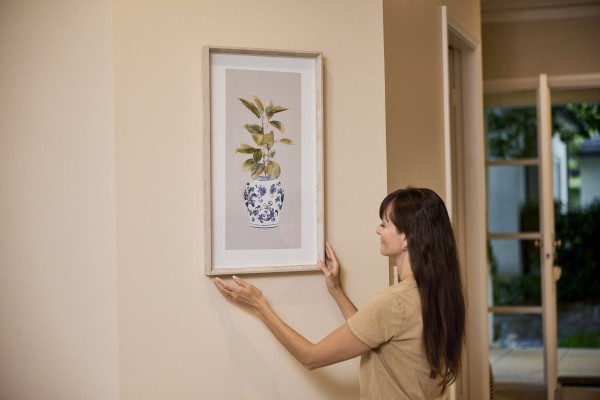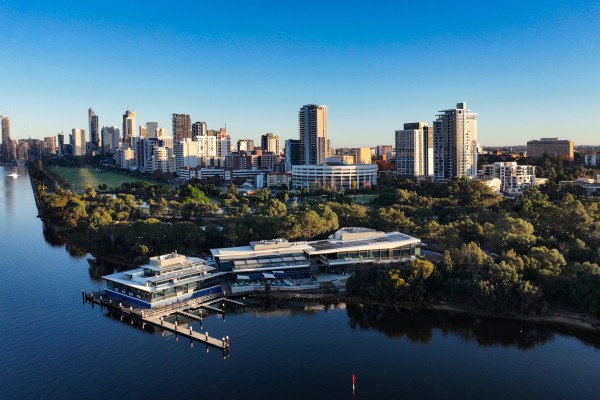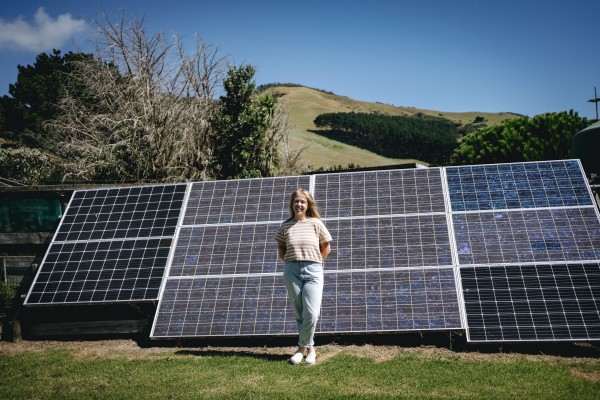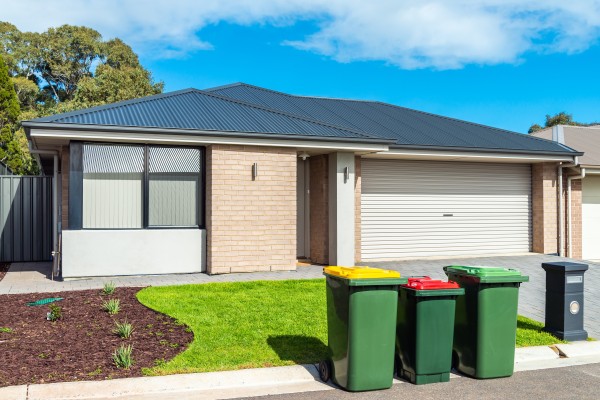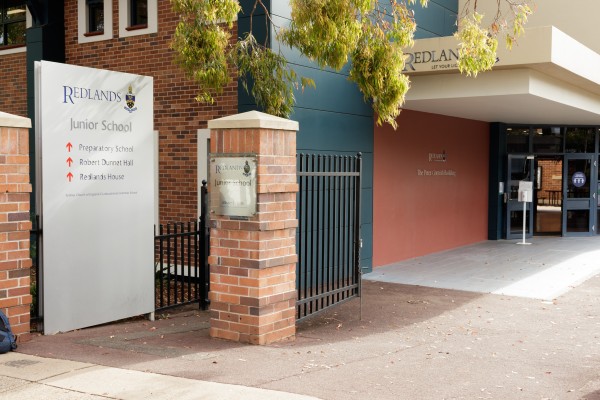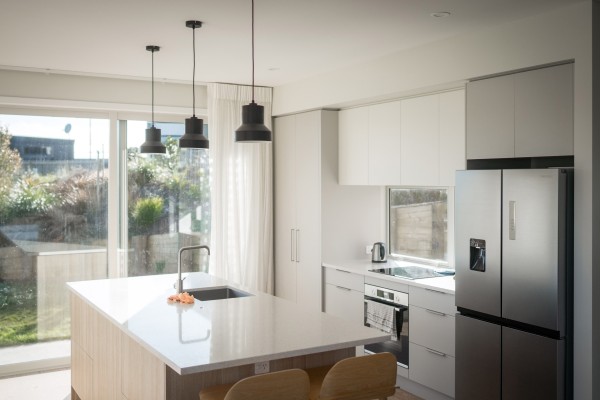Understanding the Australian pension system and superannuation

Like many parts of the world, Australia is a country with an aging population. In fact, by 2026 almost a quarter of all Aussies will be over the age of 65.
If retirement age is coming up for you or someone you know, it’s important to understand exactly what pensions are on offer and who’s eligible for what.
In this article we’re sharing everything you need to know about Australia’s pension system, and retirement superannuation set-up.
How does Australia’s retirement system work?
Australia’s retirement system is based on three pillars:
Age Pension
What is the Age Pension in Australia?
The Age Pension is a payment scheme run by the Australian government designed to support older Australians in their retirement. It is means and income tested which means not everyone is entitled to receive the pension.
Who is entitled to the age pension in Australia?
To be eligible for the Australian Age Pension you must be over the age of 67, be an Australian resident (residing in Australia for the last 10 years), and meet the government income and assets tests.
Age pension assets test
The age pension assets test helps determine whether you are entitled to the Australian Age Pension and how much you may receive.
Asset limits take into consideration all property and possessions you own in full, in part, or have an interest in. This also includes debts owed to you.
Asset limits
If your assets are over the limits outlined in the table below, the payment you may be entitled to will reduce.
|
Relationship status |
Homeowner |
Non-homeowner |
|
Single |
$301,750 |
$543,750 |
|
A couple |
$451,500 |
$693,500 |
Part/ reduced pensions are only eligible up to the cut-off amounts outlined in the table below.
|
Relationship status |
Homeowner |
Non-homeowner |
|
Single |
$674,000 |
$916,000 |
|
Couple, combined |
$1,012,500 |
$1,254,500 |
|
Couple, separated due to illness |
$1,196,000 |
$1,438,000 |
|
Couple- one partner eligible |
$1,012,500 |
$1,254.500 |
Source: Services Australia
When will the age pension stop in Australia?
There is no end date for the age pension in Australia. A recent government retirement income review found that the pension is likely to remain affordable well into the future.
Superannuation (Super)
What is Super in Australia?
The second pillar in the Australian retirement system is superannuation (or Super as it’s commonly known). Super is a long-term investment made by most Australians throughout their working life. Typically the more an individual contributes, the more they’ll have to support them through retirement.
How super works
Employers make compulsory contributions to every employee's nominated superfund.
Self-employed individuals are encouraged to make voluntary contributions to a chosen superfund, although this is not compulsory.
Money accrued in an individual’s nominated superfund will be managed by the relevant superfund team.
Those responsible, will invest the pool of money, over the course of many years, via a range of different investment options, ready for the individual to access at the time of retirement.
Super contributions
In addition to employer super contributions, individuals can choose to make extra/voluntary concessional or non-concessional payments.
Concessional contributions can be made from pre-tax income, however there are caps on how much you can pay in this way.
Non-concessional contributions are made using post-tax income.
Additional contributions are a great way to boost your finances ahead of retirement.
Super calculator Australia
If you’re working out how much super you may have by the time you retire, there are a range of calculators and tools to help.
Check out the Australian Government moneysmart superannuation calculator to discover your future super potential.
Personal pensions
The third and final pillar in the Australian retirement system is voluntary private savings / personal pensions. Certain banking institutions or life insurance companies offer low-cost pension schemes.
They operate under the same tax regulations as superannuation funds.

Age pension, super or personal pension - what’s best for you?
The type of retirement fund you will have access to will largely be determined by your current financial position.
Whichever way you plan to support yourself through retirement, it’s important to consider exactly how much you will need to have available in order to enjoy your retirement comfortably.
As a guide:
The Association of Superannuation Funds of Australia (ASFA) says that single Australians should work off a minimum of $43,601 per year, while couples should work off $61,522 per year throughout retirement.
This is based on the assumption that the individuals own their home outright and therefore, do not have mortgage or rental payments.
And, ofcourse, every person or couple will have different needs as they approach retirement. This means the level of financial support or the amount of savings you’ll need, will actually depend entirely on your lifestyle and personal retirement plans.
What do our customers say?







